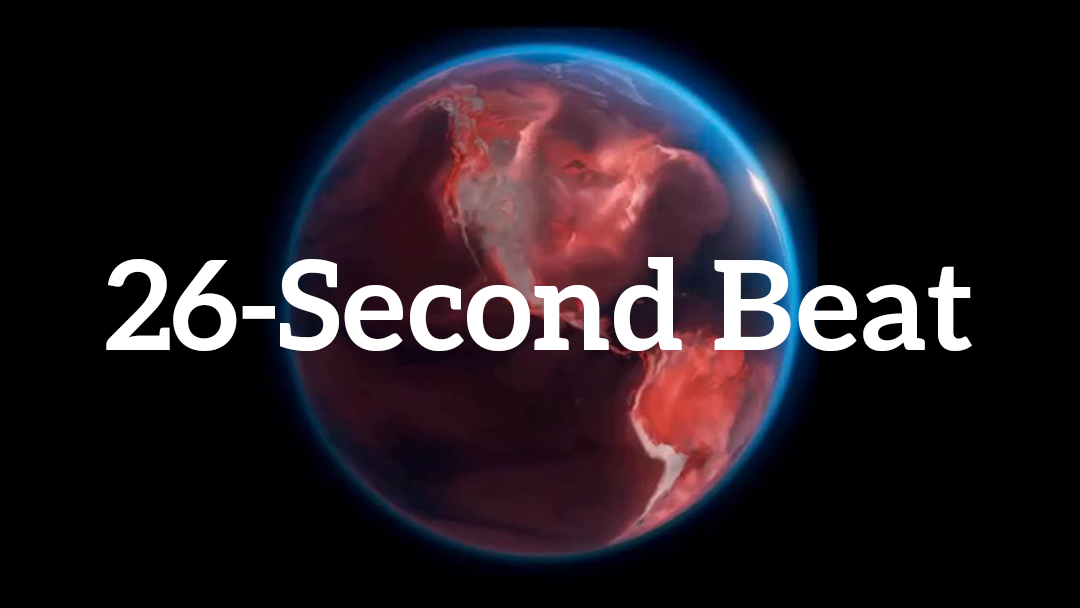
There’s a quiet pulse beneath the Earth, like something ancient remembering itself every 26 seconds. It’s not loud, not violent—just a steady, rhythmic tremor that hums through the crust of our planet. For decades, scientists have recorded it without knowing exactly why it’s there.

This pulse was first noticed in the early 1960s by a geologist named Jack Oliver. While studying seismograph data from Africa and the Atlantic Ocean, he noticed a strange pattern: a soft, repeating vibration that showed up consistently every 26 seconds. At first, it was assumed to be equipment error. But it wasn’t. Later studies in the 1980s and early 2000s confirmed that this signal was real and global. The pulse seemed to come from somewhere near the Gulf of Guinea, off the coast of West Africa—but the exact origin remains undefined.
You might be seeing this all over your feed lately. Earth’s “heartbeat” is going viral again, not because it’s new, but because we’re in an age where forgotten facts resurface when timing aligns. People are drawn to it now—part wonder, part discomfort. The idea that something beneath us beats with precision is unsettling and beautiful at once.
But no, Earth isn’t alive. Not in the way we understand life. What it does have are natural vibrational patterns—some of which we can explain (like the Schumann Resonances, caused by lightning bouncing in the atmosphere), and some we can’t. This 26-second microseism doesn’t behave like a typical earthquake or ocean wave pattern. It’s precise, persistent, and largely unaffected by weather. It defies common explanations.
Why does it matter? Because the more we understand the sounds and signals our planet gives off, the better we grasp its deeper systems—its movements, its fractures, its warnings. Vibrations like this could eventually tie into earthquake prediction or ocean behavior models. Or maybe something else entirely.
And yes, research is still happening. Universities and geoscience labs continue to track the signal, hoping one day it will connect to something more—some shift in tectonics, or volcanic pattern, or planetary resonance we haven’t grasped yet. But for now, we’re just listening. Quietly. Carefully. Repeatedly.
Sometimes the most haunting signals are the ones that never change.


